A Comprehensive Guide to Oil and Gas Exploration and Production: Key Processes and the Pivotal Role of Simulation
Oil and gas exploration and production (E&P) are critical components of the global energy landscape, supplying the energy required for various industrial, commercial, and residential activities. This complex process of oil and gas exploration and production entails searching for hydrocarbon reservoirs beneath the Earth’s surface, extracting them, and then processing them to deliver the essential energy resources we rely on every day.
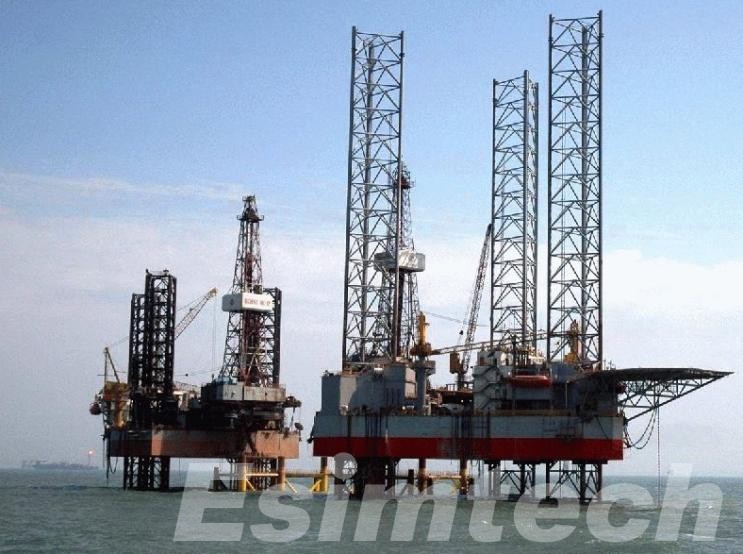
What are the Processes of Oil and Gas Exploration and Production
The Process of Oil and Gas Exploration
- Seismic Surveys
Seismic surveys are an essential part of oil and gas exploration. Geophysicists can create detailed subsurface maps using advanced technologies such as 3D and 4D seismic imaging. These surveys generate shockwaves using controlled explosions or vibrations, and the reflections help identify potential reservoirs.
- Geological and Geophysical Studies
Understanding a region’s geological and geophysical characteristics is critical for identifying areas with hydrocarbon deposit potential. Geologists study surface rock formations, whereas geophysicists study subsurface structures using various techniques.
- Exploratory Drilling
Exploratory drilling begins once a promising area is identified. This entails drilling exploratory wells to determine the presence or absence of oil or gas. This phase’s accuracy and efficiency are improved by advanced drilling technologies such as directional drilling and horizontal drilling.
The Process of Oil and Gas Production
- Reservoir Characterization
The reservoir must be characterized before production can begin to determine its size, permeability, and other important properties. This data is critical for developing an effective production strategy.
- Drilling and Well Construction
To extract oil or gas, wells are drilled into the reservoir. Drilling rigs and specialized equipment are used in the drilling process. Well construction includes the installation of casing and cementing to ensure stability and prevent environmental impact.
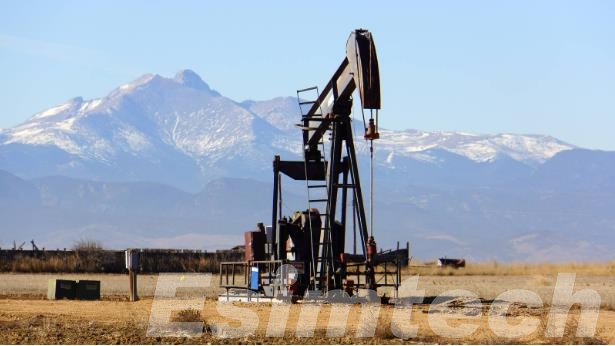
- Enhanced Oil Recovery (EOR)
As reservoirs mature, traditional extraction methods may become less effective. EOR techniques, such as injecting steam, chemicals, or gases into the reservoir, are employed to increase recovery rates. These methods help extract more hydrocarbons and extend the life of the reservoir.
- Surface Facilities and Processing
Extracted oil and gas contain impurities that must be removed before reaching consumers. Surface facilities, including separation units and processing plants, play a crucial role in purifying the hydrocarbons. This phase also involves the separation of oil, gas, and water.
- Transportation and Distribution
Once processed, the extracted oil and gas need to be transported to refineries and end-users. Pipelines, tankers, and, in some cases, liquefied natural gas (LNG) facilities facilitate the transportation of these valuable resources.
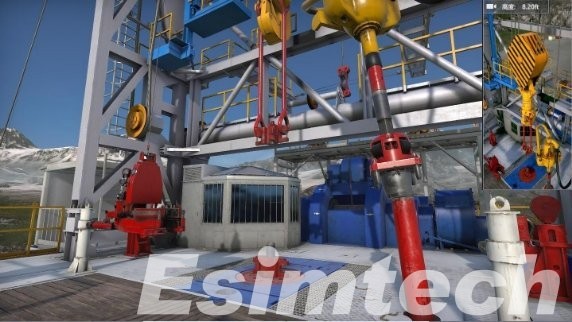
What are the Challenges and Innovations for Oil and Gas Exploration and Production
- Environmental Concerns
Because of environmental concerns, the oil and gas industry is under scrutiny. Environmentally friendly drilling fluids, low-emission technologies, and sustainable practices are examples of innovations aimed at reducing the industry’s environmental impact.
- Digitalization and Automation
The E&P sector is being transformed by the integration of digital technologies, automation, and artificial intelligence. These innovations improve efficiency and reduce operational risks, ranging from smart drilling systems to data analytics for predictive maintenance.
- Renewable Energy Integration
Because of the growing emphasis on renewable energy sources, oil and gas companies are exploring sustainable practices and investing in alternative energy solutions. Some businesses are diversifying their portfolios by investing in renewable energy projects.
How Simulation Technology Used in the Oil and Gas Exploration and Production
In the oil and gas industry, simulation technology is especially important in the exploration and production (E&P) processes. These oil and gas simulations provide valuable insights, enhance decision-making, and contribute to the optimization of various operations.
1. Reservoir Simulation
Reservoir simulation is the process of modeling the behavior of underground reservoirs in order to better understand fluid flow, pressure changes, and overall reservoir performance. Complex geological conditions are replicated using mathematical models in sophisticated reservoir simulators. Engineers can use these simulations to predict reservoir behavior, optimize production strategies, and estimate ultimate recovery.
2. Drilling Simulation
Drilling and well control simulations are used to plan and optimize well trajectories, assess drilling risks, and simulate the response of the drill string and downhole tools. Virtual drilling environments enable operators to train personnel, simulate difficult drilling scenarios, and improve overall drilling efficiency and safety.
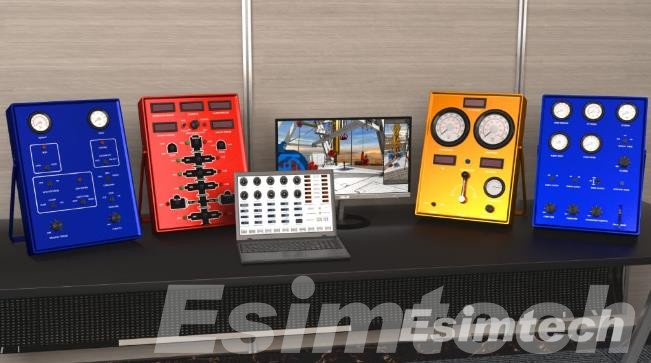
3. Production System Simulation
The simulation of the oil and gas production system models the entire process, from the wellhead to the processing facilities. It takes into account variables like flow rates, pressures, temperatures, and fluid compositions. By simulating the entire production system, operators can optimize production processes, identify bottlenecks, and improve the overall efficiency of the system.
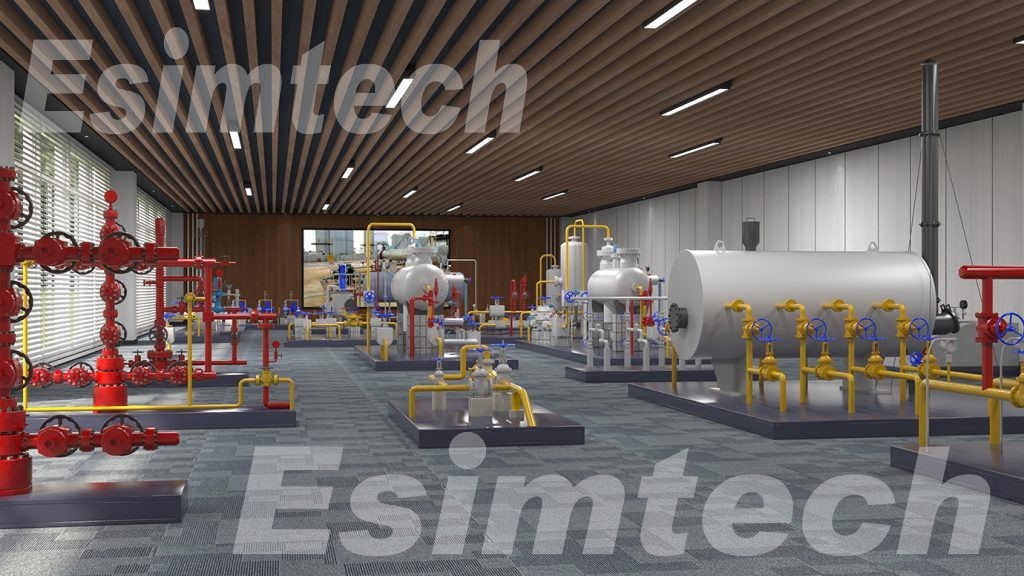
4. Facilities and Processing Plant Simulation
Simulating processing plants and surface facilities is critical for optimizing oil, gas, and water separation and treatment. These simulations aid in the design and optimization of facility layout, assessing the impact of various processing scenarios, and identifying potential issues before construction begins.
5. Enhanced Oil Recovery (EOR) Simulation
Oil recovery simulation technology is useful in enhancing the design and optimization of the process. Engineers can predict the behavior of injected substances, optimize injection rates, and maximize oil recovery while minimizing costs by simulating the injection of steam, chemicals, or gases into reservoirs.
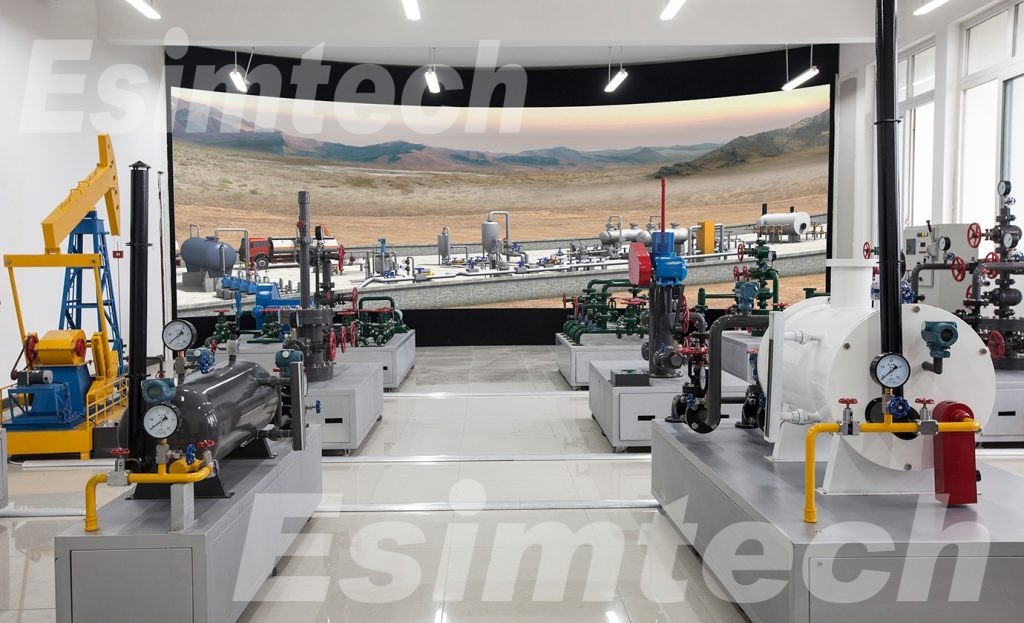
6. Risk and Safety Simulations
Simulation is used to assess and mitigate risks associated with various exploration and production activities. Safety simulations are used to evaluate response protocols and train personnel by simulating emergency scenarios such as blowouts or equipment failures. These drills improve readiness and contribute to overall safety in the industry.
7. Geological and Seismic Simulations
Simulating geological formations and seismic data aids in understanding subsurface structures and identifying potential hydrocarbon reservoirs. Advanced seismic simulations contribute to improved imaging of subsurface structures, guiding exploration efforts and reducing the uncertainty associated with drilling decisions.
8. Digital Twin Technology
The concept of a digital twin involves creating a virtual replica of physical assets or processes. In the oil and gas industry, digital twins are used to monitoring, analyze, and optimize operations in real time. This technology allows for continuous feedback, enabling operators to make informed decisions and respond to changes promptly.
9. Training Simulators
Simulation technology is extensively used for training purposes. Virtual reality (VR) and augmented reality (AR) simulations provide realistic training environments for personnel involved in drilling, production, and safety procedures. These simulations help improve skills, enhance safety awareness, and reduce the learning curve for new technologies.
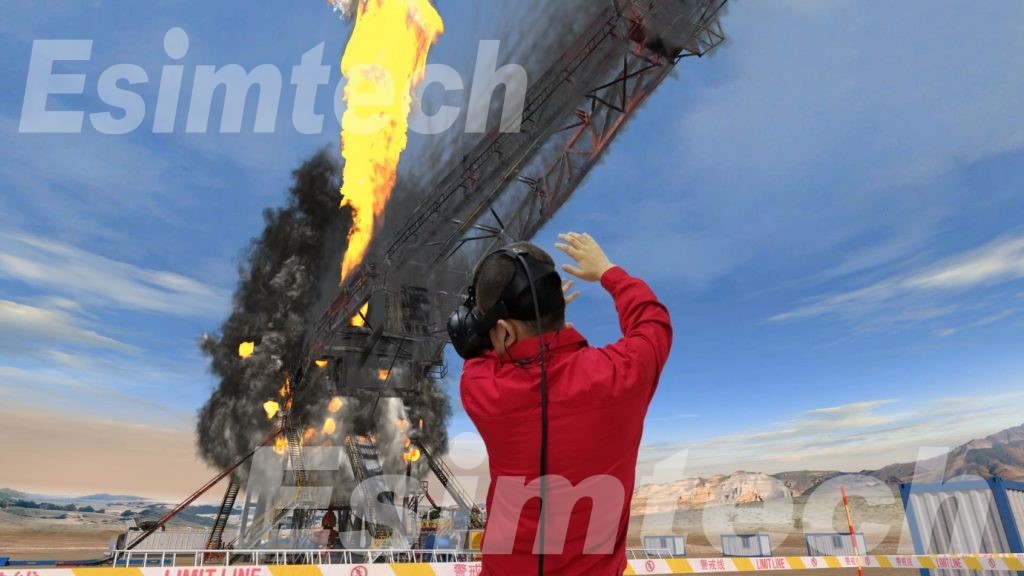
10. Data Analytics and Machine Learning
Predictive modeling and optimization are made possible by combining simulation data with analytics and machine learning algorithms. Companies can improve overall efficiency by continuously analyzing data from simulations and real-time operations. This allows them to identify patterns, optimize processes, and make data-driven decisions.
Conclusion
Oil and gas exploration and production are dynamic processes that require advanced technologies, interdisciplinary expertise, and a thorough understanding of geological and engineering principles. Simulation technology is a powerful tool in the oil and gas exploration and production sector, contributing to better decision-making, increased operational efficiency, and increased safety. As technology advances, the integration of simulations with other cutting-edge technologies is expected to play an even larger role in shaping the industry’s future.
